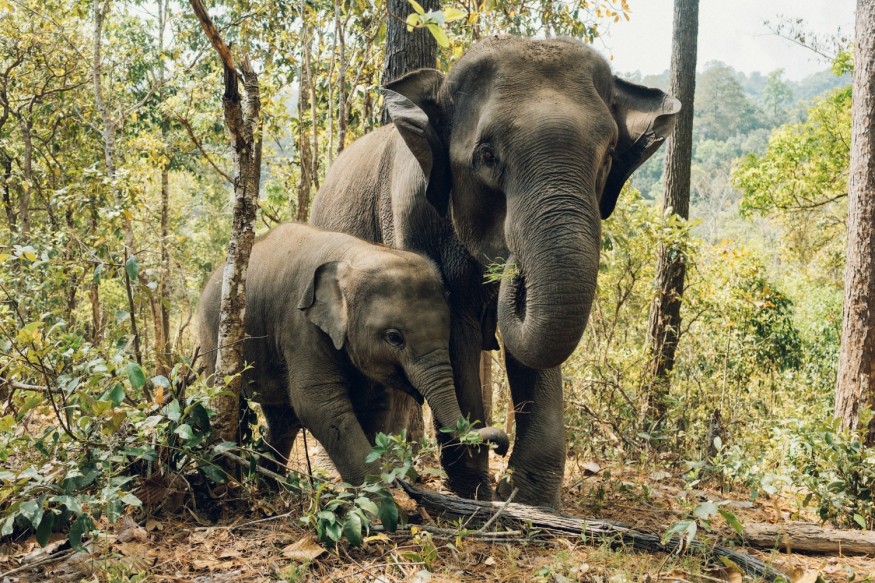Drought has impacted Africa for years, aggravating humanitarian crises like widespread displacements and malnutrition due to food insecurity that affects millions of people.
While the said natural disaster is notoriously known for destroying communities, it also has devastating impacts on wild animals. One of the main repercussions of drought conditions is the depletion of water sources.
In southern Africa, the drought threat intensifies due to the continuance of elephant deaths across the region. According to scientists earlier this week, countries across the region fear losing more of the large tusked mammals.
The threat emanates from the possibility of further animal deaths in the coming months due to food and water shortages following a severe drought across the continent.
Africa Drought Threat

Drought pertains to a prolonged period of unusually dry conditions; which can last for days, months, or even years. Previous research has shown that drought not only occurs in different parts of the world but is also fueled by anthropogenic climate change.
The phenomenon is also associated with a lack of rainfall, resulting in the decrease or complete depletion of artificial and natural water reservoirs.
In the context of the Africa drought threat, the following countries recorded the highest number of droughts events between the years 2010 and 2022:
- Kenya
- Somalia
- Mauritania
- Ethiopia
- Lesotho
- Madagascar
- Niger
- South Africa
- Zimbabwe
- Angola
The impact of drought has become evident in recent months. In April 2024, the United Nations reported that the Africa drought crisis has impacted multiple countries, including Madagascar and Zimbabwe. In relation to the catastrophic event, experts link the El Niño phenomenon to the severe drought in the region, where millions of people are facing hunger. Central parts of Africa are affected as well.
African Elephant Deaths
These drought events have persisted over the past year, which saw the deaths of multiple wild animals across Africa, including elephants, common zebras, and wildebeests. According to local authorities, Botswana lost 300 elephants because of drought in 2023. As of January 2024, Zimbabwe saw the deaths of 160 elephants in its Hwange National Park due to extreme drought.
The African elephant deaths have transpired when the region experienced the unprecedented drought disaster during its 2023-2024 rainy season, which spans from the months of October to April. Since March 2024, central Africa also experienced a deadly heat wave which killed over 100 people when temperatures spiked above 48 degrees Celsius in parts of Mali.
In terms of animal deaths, experts explain that drought can amplify the effects of parasites and infectious diseases. These health-related hazards are in addition to potential water crises brought by a severe or extreme drought. In recent years, different parts of Europe, including had also experienced water shortages due to drought conditions, resulting in the implementation of water restrictions.
© 2025 NatureWorldNews.com All rights reserved. Do not reproduce without permission.





